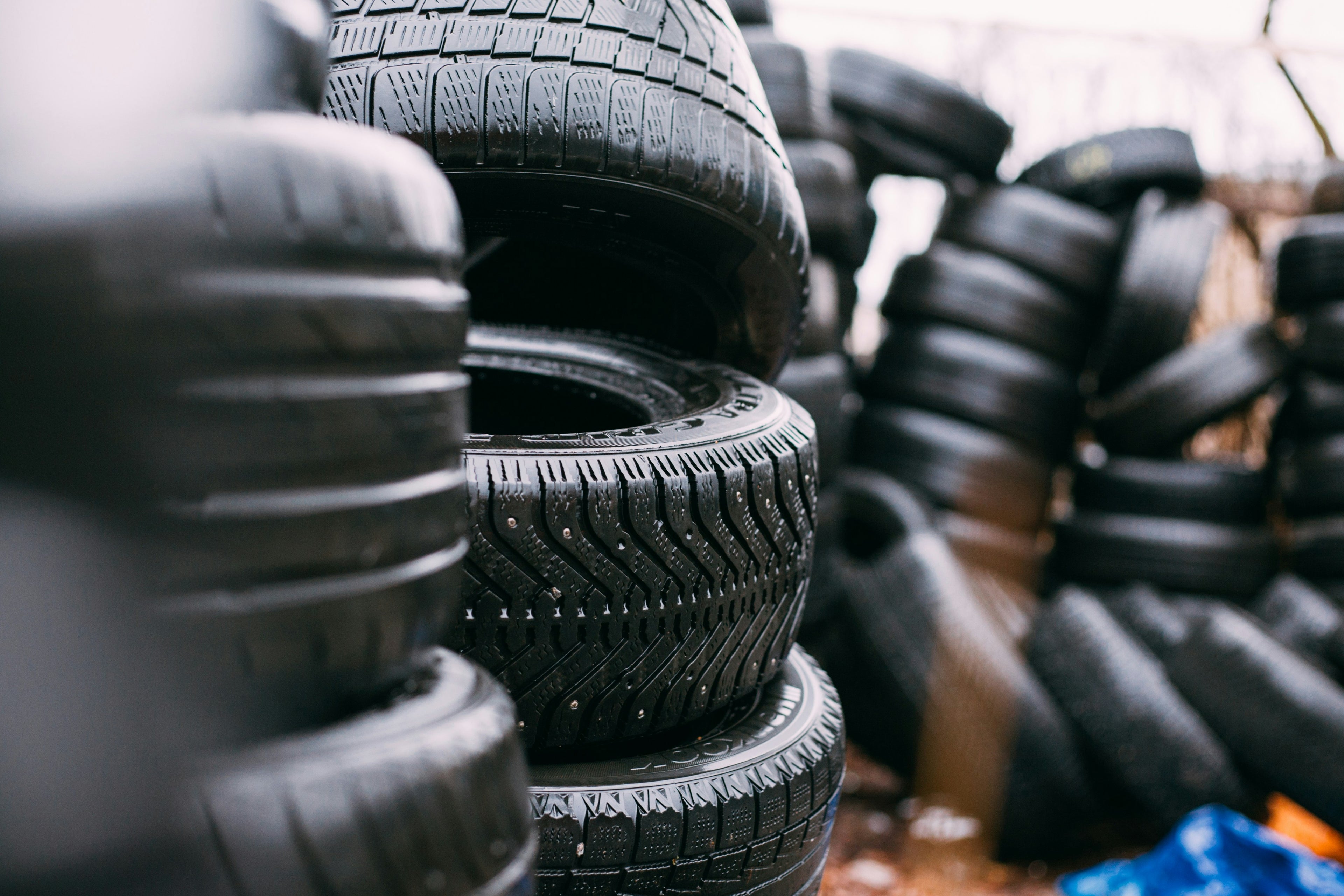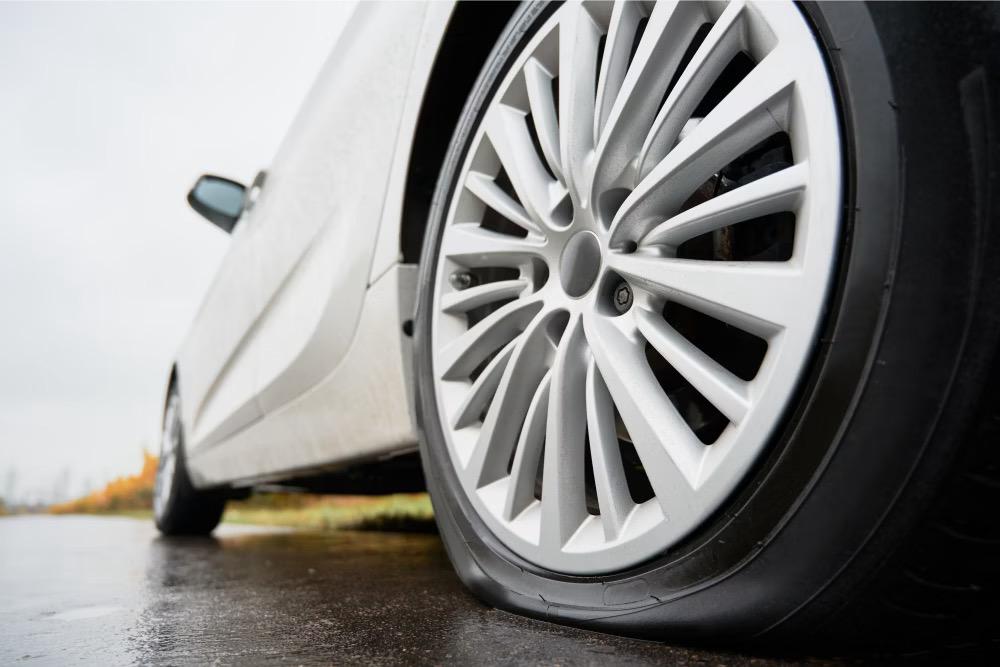
Fitment Guides
HALSTON Tyre Pads Fitment Guide: Method 1

1. Removing the residue inside the tyre:
Using a wax and grease remover Thoroughly clean the inside of the tyre crown with a orbital sander or scouring pad, then wipe dry with a clean cloth
2. Installing tyre puncture protection pad:
Place the pad within the tyre and position it so that it’s centred with the tyre crown.
Then Peel the plastic membrane of the pad back slowly and gradually as you apply it.
Do not pull the plastic membrane too hard during installation, as this may cause it to stretch and deform.
It is recommended to check the adhesive bonding strength before applying the entire pad. If the pad can be removed easily, the surface is not thoroughly clean. In this case, repeat the cleaning process.
Leave about 10 mm at the joining intersection, trim the excess pad, and join the ends as closely as possible before pressing down the remaining pad.
After applying the pad, press it firmly to ensure a strong bond with the inside of the tyre crown.
3. Test drive:
Fit tyre onto the wheel and balance it as needed.
Then, test drive the vehicle for approximately 5 km on the highway to ensure that all air bubbles between the tyre and the pad are eliminated and that the pad is properly seated inside the tyre.
HALSTON Tyre Pads Fitment Guide: Method 2

1. Remove the residue inside the tyre:
Pour the detergent into the inside of the tyre and mix it with water, and scrub it evenly on the inner surface of the tyre crown
2. Rinse the inside of the tyre:
Rinse the inside of the tyre repeatedly with clean water, wipe the water stains clean, dry the inside of the tyre thoroughly, or blow the inside of the tyre with a drying gun until there is no moisture.
3. Install tyre puncture protection pad:
(1) Place the pad within the tyre and position it so that it’s centred with the tyre crown
(2) Then Peel the plastic membrane of the pad back slowly and gradually as you apply it.
Do not pull the plastic membrane too hard during installation, as this may cause it to stretch and deform
(3) It is recommended to check the adhesive bonding strength before applying the entire pad. If the pad can be removed easily, the surface is not thoroughly clean. In this case, repeat the cleaning process
(4) Trim excess pad, leaving 10 mm at the joint, then join and press the ends closely together
(5) After applying the pad, press it firmly to ensure a strong bond with the inside of the tyre crown
4. Test drive:
Fit tyre on the wheel and balance it. Test drive the vehicle to ensure all air bubbles are removed and the pad is properly seated
It is recommended to check the adhesive bonding strength before applying the entire pad. If the pad can be removed easily, the surface is not thoroughly clean. In this case, repeat the cleaning process.
Leave about 10 mm at the joining intersection, trim the excess pad, and join the ends as closely as possible before pressing down the remaining pad.
After applying the pad, press it firmly to ensure a strong bond with the inside of the tyre crown.
3. Test drive:
Fit tyre onto the wheel and balance it as needed.
Then, test drive the vehicle for approximately 5 km on the highway to ensure that all air bubbles between the tyre and the pad are eliminated and that the pad is properly seated inside the tyre.




